First Lines Fun: Newbery contenders with dynamic opening lines, sentences, and paragraphs
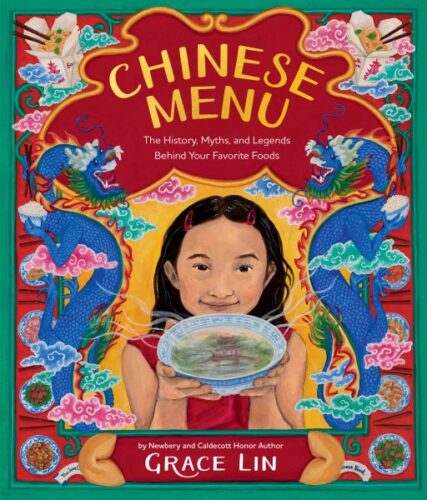
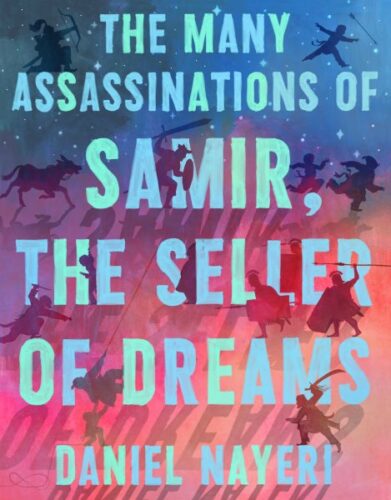
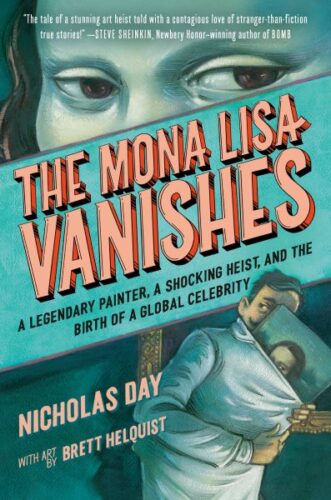
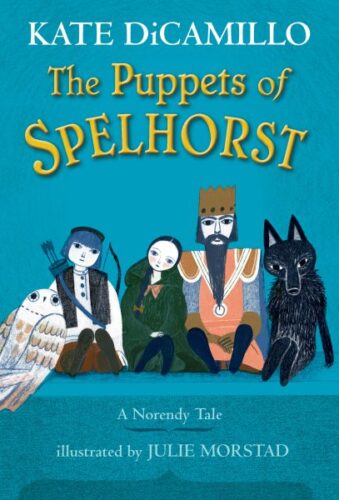
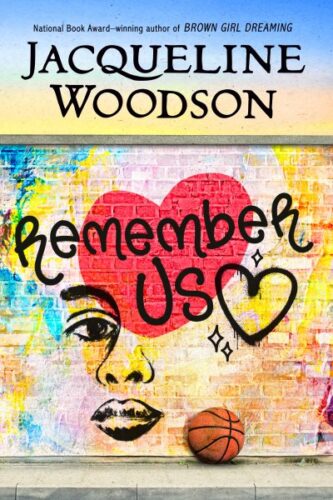
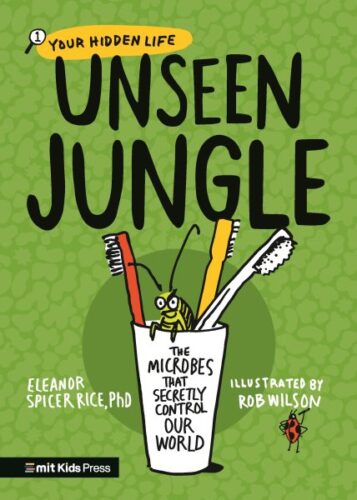
On her excellent Fuse #8 blog, Betsy Bird had a cool first line activity a few months ago. She listed the first lines of the past 30 Newbery winners and invited readers to guess the book title. You can find that post and take the challenge here.
That led me to think about this year’s possible Newbery contenders. Do any of them have standout first lines? As Betsy B. points out, the opening sentence is “a single line out of hundreds. There’s no magic to it.” But she also notes: “It is a promise. A promise that things will get interesting in some manner.”
ADVERTISEMENT
ADVERTISEMENT
With that in mind (and thanks to Betsy B.!), let’s look at some of the openings from some 2023 books. We’ll go a bit beyond the single opening line and look at a paragraph or two in some cases:
CHINESE MENU by Grace Lin
Confession time! I don’t use chopsticks correctly. My parents, immigrants from Taiwan, served Chinese food for almost every meal and we would dutifully set the table with chopsticks.
However, my parents never actually taught me to use them. Maybe they thought that the skill would simple be passed down in our genes. And perhaps it was and it just skipped me, for both my sisters – older and younger – seem to have mastered using chopsticks correctly.
This is the opening from the first of seven “Introduction” sections that open each chapter. She moves from that personal story into some historical background and interesting facts about chopsticks, followed by several folktales relating to the topic. That pattern we see at the beginning continues throughout, as she moves from personal anecdote to facts to storytelling and back again. So that first passage sets the tone in an inviting way and also establishes the neatly organized structure of this unique book.
THE MANY ASSASSINATIONS OF SAMIR, THE SELLER OF DREAMS by Daniel Nayeri
The first time I was stoned to death by an angry mob, I was not even a criminal.
In this case, the first line is enough. In 18 words, we learn that:
- The narrator is going to get stoned to death (or nearly) at least twice.
- He wasn’t a criminal, but it seems like he will become one later.
- He’s going to tell his story with flair, and at least a little bit of playfulness
In DUST, a very different kind of book, Dusti Bowling uses a similar, and equally engaging method to let us know our narrator will see hard times: : “I was a toddler the first time I died.”
THE MONA LISA VANISHES by Nicholas Day
Imagine a palazzo – A magnificent renaissance building.
It’s Florence, 1503. There are a lot of palazzos around. Choose a good one.
Now imagine a man: handsome, charming, gentle. Make him a painter.
Imagine a woman: intriguing, unknown, beautiful. Make her a model.
Do you see them?
Neither of them should be there.
In just a few lines we get a feel for the distinct style: the author is going to guide us through history, but we’ll be companions and imaginers with him, not just listeners. And the first of many mystery hooks comes right away: “Neither of them should be there.”
THE PUPPETS OF SPELHORST by Kate DiCamillo
Once, there was a king.
And a wolf.
And a girl with a shepherd’s crook.
And a boy with arrows and a bow.
And also, there was an owl.
The king had a beard made of
human hair.
The wolf’s teeth were bared in a snarl.
The girl wore a green cloak.
The arrows in the boy’s quiver were
sharp enough to prick a finger.
As for the owl,
his feathers were real.
Very nice opening for a fairy tale. It introduces the five characters, then gives us one more bit of information about each. Those bits are mostly not that central to the character; the wolf’s teeth are the exception. She might have told us that the girl can sing or the boy dreams of glory, but much better to save those for the story. I won’t quote the second half of that introduction, but it ends with: “[They] were puppets, and they were waiting for a story to begin.”
Which perfectly sets up the story that begins on the next page. Actually several story beginnings emerge within a very short book: The puppets’ journey to Emma’s house; the individual adventures of the five puppets in and out of that home; the puppet show performed by Emma and company; and the framing story of the sea captain and Annalise. And I guess you could also add the story of this actual book’s creation, which Emma alludes to at the end.
REMEMBER US by Jacqueline Woodson
The moon is bright tonight. And full. Hanging low above the house across the street where an orange curtain blows in and out of my neighbors’ window. Out and in. And past the curtain there’s the golden light of their living room lamps. Beyond that, there is the pulsing blue of their television screen. I see this all now. I see a world continuing.
And in the orange and gold and blue I’m reminded again of the year when sirens screamed through my old neighborhood and smoke always seemed to be billowing. Somewhere.
That year, from the moment we stepped out of our houses in the morning till late into the night, we heard the sirens….
ADVERTISEMENT
ADVERTISEMENT
This time the opening provides a strong feel for the narrator’s voice, which is a little poetic and wistful. And we learn that she’s looking back from a place that’s pretty stable to an earlier situation that was more threatening, with the specific dangers of “smoke” and “sirens” standing out.
UNSEEN JUNGLE by Eleanor Spicer Rice, PhD
Get used to it. You’re surrounded. And covered. And filled. Unless you and everything around you just had a disinfectant shower, pretty much every square millimeter (that’s a really small space; a sesame seed on top of your hamburger bun is one millimeter thick) that surrounds you has hundreds of microbes hanging out, living their best lives, having tiny conversations, arguments, buffets, you name it.
Great start to an informational book. It jumps right in with the big overarching theme that the book will explore in detail: microbes are everywhere! And also establishes the conversational tone, which will be factual, but also playful (“living their best lives”…etc.). I confess that I had not read this book until I did this exercise, and just like it’s supposed to, that opening hooked me into reading the whole thing.
And hooking the reader like that book did with me is the best evidence that the opening passage is successful. Please share if you’ve noticed any especially interesting beginnings from this year’s Newbery-eligible books…
Filed under: Book Discussion
About Steven Engelfried
Steven Engelfried was the Library Services Manager at the Wilsonville Public Library in Oregon until he retired in 2022 after 35 years as a full-time librarian. He served on the 2010 Newbery committee, chaired the 2013 Newbery Committee, and also served on the 2002 Caldecott committee. You can reach him at sengelfried@yahoo.com.
ADVERTISEMENT
ADVERTISEMENT
SLJ Blog Network
2024 Books from Printz Winners
Fuse 8 n’ Kate: Enemy Pie by Derek Munson, ill. Tara Calahan King
Exclusive: Vol. 2 of The Weirn Books Is Coming in October | News
Fighting Public School Book Bans with the Civil Rights Act
ADVERTISEMENT

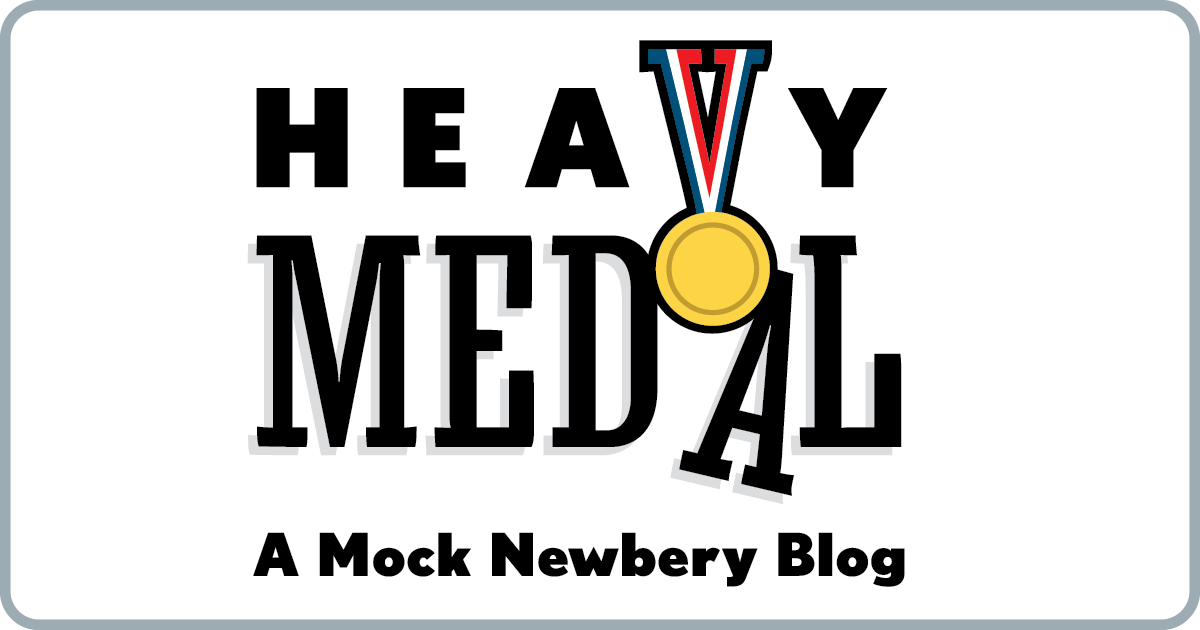

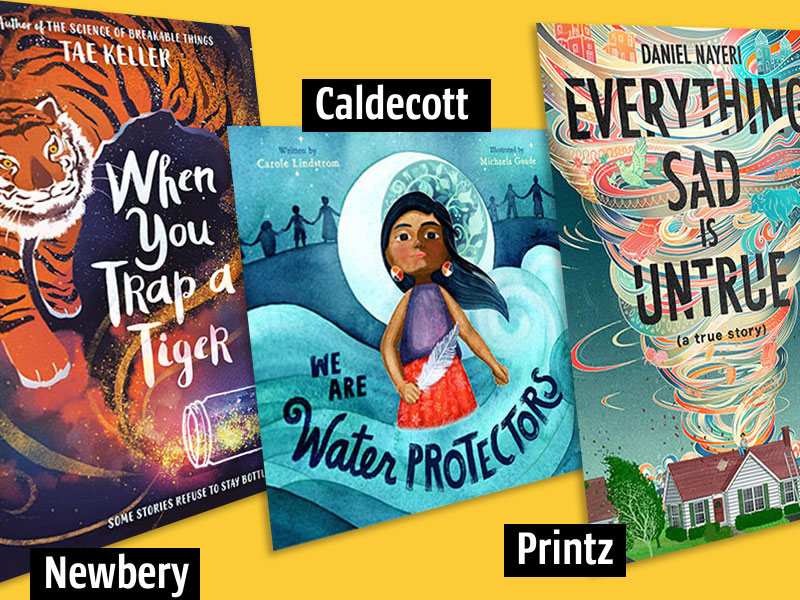

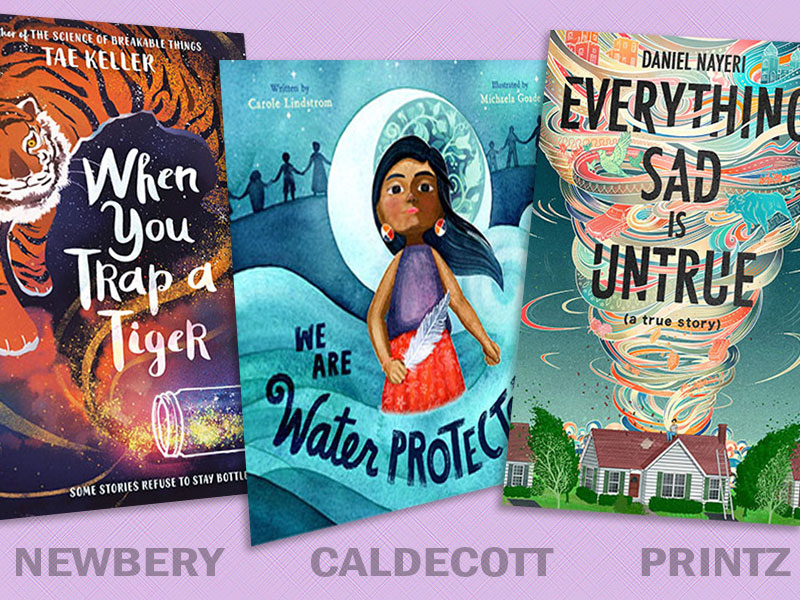
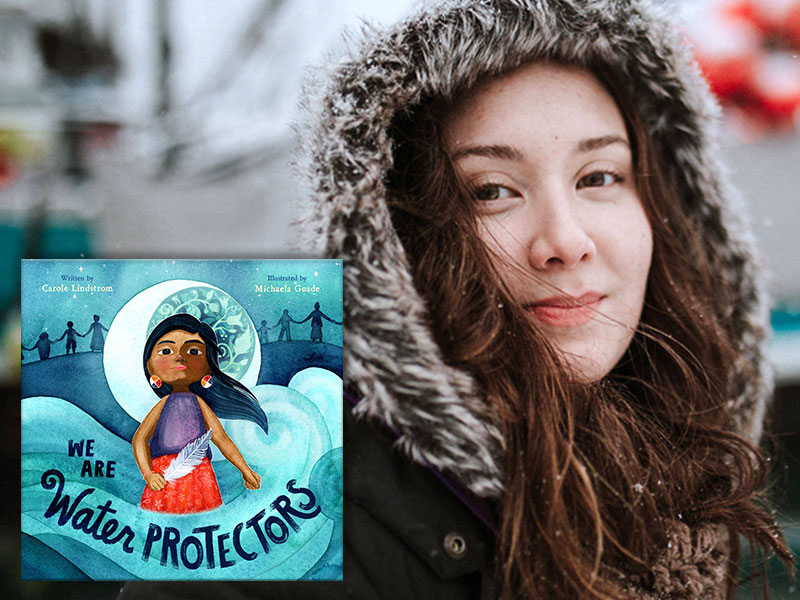
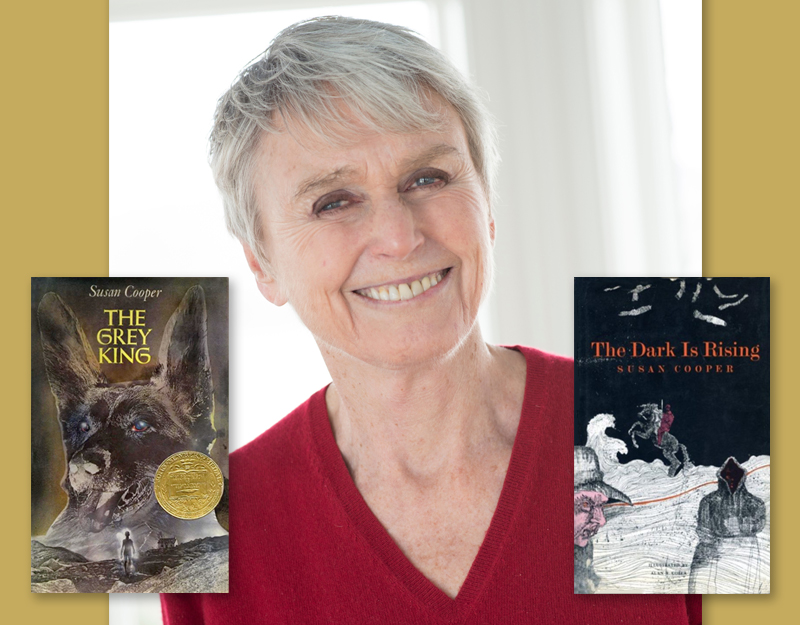
Good Different by Meg Kuyatt
The First Time
I broke down
in front of anyone
was in the middle of the evil place:
Walmart.
This book told me by the chapter title that the character broke down more than once. She also sees things a little differently when Walmart is an “evil” place.
I also was captured by the Mona Lisa Vanishes beginning.
I just took the stack on my desk and found a bunch of good ones
THE FIRE THE WATER AND MAUDIE MCGINN by Sally J. Pla
I learned this great calm-down trick recently. It was at the end-of-the-year seventh grade dance, back in Houston, which is where I live during the school year with my mom and step dad.
I didn’t want to go to that dance, by the way. I mean, of course not. But Mom made me.
I was lucky Mr. Parris was there. He noticed me rocking in a dim corner of the gym, hands over my ears, banging my head on the wall while Taylor Swift’s “Shake it Off” roared and everyone screeched and danced. You know things are bad when you can’t shake off “Shake It Off.”
I mean.. Taylor Swift reference, HEYY! and there’s a lot of character introduction to dynamics in just that first paragraph with Maudie and the idea of her mom making her do things. Really sets the tone for the book. and the book keeps up.
Another one that sort of gives you the vibe of the book and the narrator right away.. DOGTOWN by Katherine Applegate and Gennifer Choldenko
I know what you’re thinking: That poor dog only has three legs. But don’t go there. It’s not that bad, ok?
My question is… would a dog lover continue reading this book, or freak out that it’s “another book where the dog dies” and run away?
As a huge animal lover, I would need someone to pre-read this for me after this line!
Another nonfiction with a compelling lead-in IMPOSSIBLE ESCAPE by Steve Sheinkin
I’ll do both the beginning of the prologue and chapter 1 which may be cheating.
Prologue- “TAKE CARE OF YOURSELF,” HIS mother said as he got into the taxi. “And don’t forget to change your socks.”
The car pulled from the curb. In the back seat, Rudi tore the yellow Star of David from the sleeve of his jacket.
and chapter 1
RUDI WOULD FIND A WAY to fight Adolf Hitler. It can be said, without risk of exaggeration, that he would go on to be- while still a teenager- one of the great heroes of the second World War.
But not in a way he ever could have imagined.
STATELESS by Elizabeth Wein has a good opening line (“I didn’t realize those vultures were going to see me as fresh meat until it was too late”), but I especially like the way the first seven pages introduce the time, place, and situation so smoothly. As Stella describes her arrival at the airfield, we quickly get a feel for her personality, but also learn about the race, the interfering journalists, her status as the only woman racing, the international rivalries, etc. None of these in great detail, but that opening section gives us the seeds of the background we need, so it’s easy for the reader to get further into that historical context and also jump into the mystery around the sabotage.
First lines have become more important to me as I try to become more selective in what I read. (I don’t know that it’s working that well. I found a lot of books didn’t live up to their beginnings.) Here are four from books I did like. As a group, they are rather similar to each other, so probably reflect my bias more than anything. They all use an incongruous element as a hook to keep me reading.
DRAGONBOY by Reyes
Every twenty-five years, the king of Gerbera is eaten by a dragon.
THE CARREFOUR CURSE by Salerni
You’d think spitting up frogs would be a lot like the worst stomach flu you’ve ever had, but it’s surprisingly different.
THE GREATEST KID IN THE WORLD by Anderson
Zeke’s letter informing him that he might be the greatest kid in the world came while his brother was baking in the driveway.
DREW LECLAIR CRUSHES THE CASE by Bury
Twenty-two grapes. That’s how many it took for our school librarian, Mr. Covacha, to notice that something was afoot.
I’ll add one from GATHER by Kenneth M. Cadow:
You see people doing things they shouldn’t. Sometimes you mind your own business. Other times you might say something, but it’s hard to do that if you’ve just been caught red-handed yourself.
It doesn’t have the specificity of some, and maybe not a pure hook, but it encapsulates a lot of what Ian has to deal with: an environment where people sometimes do wrong things, but a level of empathy on his part where he can see why they would, and how hard it can be to not do things you shouldn’t.